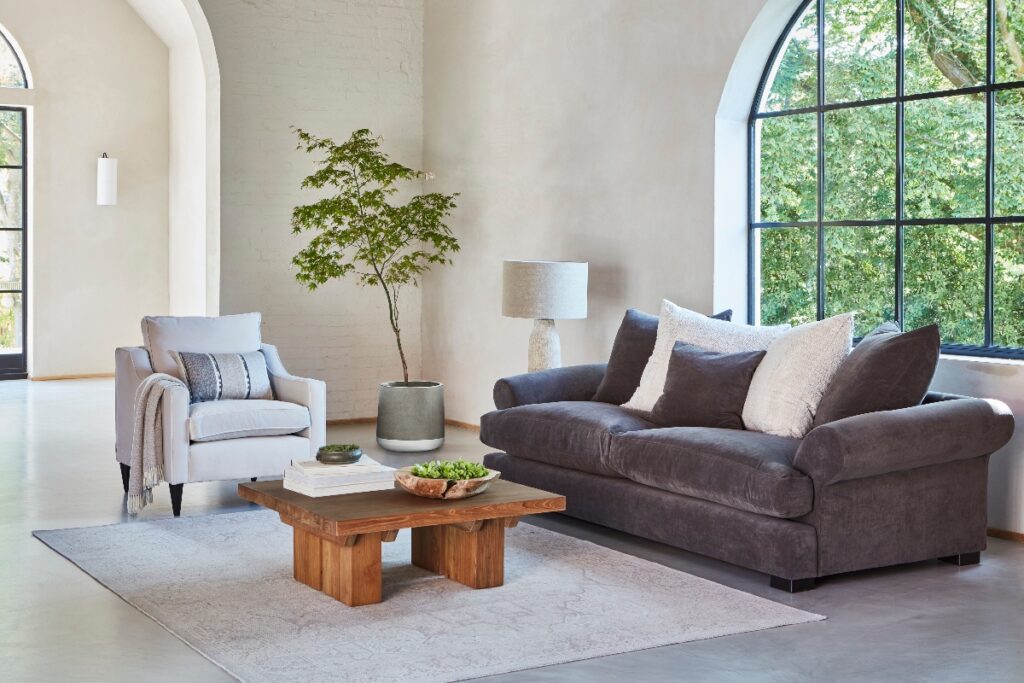
Have you ever wondered why sofas seem to cost a small fortune? It’s not just about the size or style; there are several factors that contribute to the hefty price tag. From the materials used to the intricate craftsmanship involved, every aspect of a sofa’s creation plays a role in determining its final cost. This article will delve into the various reasons why are sofas so expensive, shedding light on the hidden costs behind your living room centerpiece.
This exploration will cover the key elements that influence sofa pricing, including the materials used, the labor involved in construction, the manufacturing processes employed, and the comfort features that enhance the overall experience. By understanding these factors, you can gain a better appreciation for the value of a quality sofa and make more informed purchasing decisions.
Sofa Materials and Construction
The foundation of any durable and comfortable sofa lies in its materials and construction. High-quality sofas utilize premium fabrics like leather, velvet, or performance textiles that are designed to withstand wear and tear while maintaining their aesthetic appeal. These fabrics often come with a higher price tag due to their durability, softness, and resistance to stains and fading.
The frame of a sofa is equally important, typically constructed from hardwood like oak, maple, or ash. These hardwoods offer exceptional strength and stability, ensuring that the sofa can withstand years of use. Sofas built with less durable materials like particle board or plywood may be cheaper initially but are likely to sag or break down over time.
Craftsmanship and Labor Costs
The creation of a high-quality sofa involves meticulous craftsmanship and skilled labor. Skilled upholsterers spend hours carefully cutting, stitching, and assembling the various components, ensuring a precise fit and a professional finish. The intricate details involved in hand-tufting, buttoning, or adding decorative trims further contribute to the overall cost.
The time and expertise required for these tasks translate into higher labor costs, which are reflected in the final price of the sofa. While mass-produced sofas may utilize automated processes to reduce labor costs, handcrafted pieces retain their value due to the unique attention to detail and the skilled hands that bring them to life.
Manufacturing Processes
The manufacturing process of a sofa can also significantly impact its price. High-end manufacturers often invest in advanced machinery and technology to ensure precision and efficiency. These processes may include computer-aided design (CAD) for pattern creation, automated cutting systems for fabric and foam, and specialized stitching machines for intricate details.
While these advancements can streamline production, they also require substantial investment, which is passed on to the consumer through higher prices. Additionally, manufacturers who prioritize sustainability and ethical practices may incur additional costs associated with sourcing eco-friendly materials and ensuring fair labor conditions.
Comfort Features
A truly comfortable sofa goes beyond just its aesthetics; it incorporates features designed to enhance relaxation and support. High-density foam cushions provide lasting comfort and resilience, while pocket coil springs offer excellent support and pressure relief.
Additional features like adjustable headrests, reclining mechanisms, or built-in massage functions further elevate the comfort level and contribute to the overall cost. These premium features cater to specific needs and preferences, justifying their inclusion in higher-priced sofas.
Price Justification
The high price tag of a quality sofa is ultimately justified by its combination of durable materials, meticulous craftsmanship, advanced manufacturing processes, and comfort-enhancing features. A well-made sofa is an investment that can last for many years, providing a comfortable and stylish focal point for your living space.
While budget-friendly options may be available, they often compromise on quality and durability. By understanding the factors that influence sofa pricing, you can make a more informed decision and choose a piece that aligns with your needs, preferences, and budget.
Conclusion
The next time you find yourself wondering why are couches so expensive, remember that the price reflects the intricate details, skilled labor, and premium materials that go into creating a truly exceptional sofa. From the selection of fabrics to the construction techniques employed, every aspect contributes to the overall value and longevity of your investment. By understanding these factors, you can appreciate the craftsmanship behind your living room centerpiece and make informed purchasing decisions that prioritize both style and substance.
